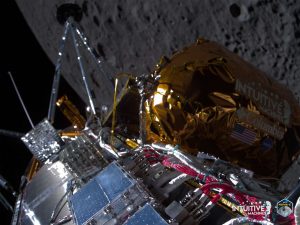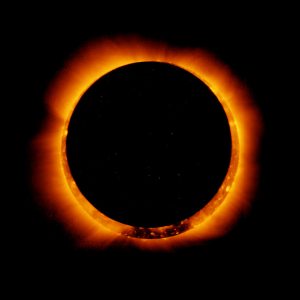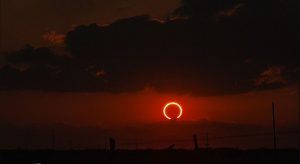China has big ambitions to become a space power in the coming years and is looking to set up a research base on the moon, along with a defence system for destroying potentially hazardous near-Earth objects (NEO).
Beijing’s plans to expand its footprint in space were outlined in a white paper titled ‘China’s Space Program: A 2021 Perspective’, published by the State Council Information Office of the People’s Republic of China at the end of January 2022.
Also read | Rocket set to crash into moon of Chinese origin not SpaceX, says NASA
“In the next five years, China will integrate space science, technology and applications while pursuing the new development philosophy, building a new development model and meeting the requirements for high-quality development. It will start a new journey towards a space power,” wrote the authors of the paper, highlighting China’s ambitions.
The paper highlighted several areas of focus for China’s space programme over the next five years, namely, Space Transport System, Space Infrastructure, Manned Spaceflight, Deep Space Exploration, Space Launch Sites and Telemetry, Tracking and Command (TT&C), Experiments on New Technologies, and Space Environment Governance.
Also read | Researchers find 60 potentially habitable planets like Earth
Under Deep Space Exploration, the white paper mentioned China’s plan to “work with other countries, international organizations and partners to build an international research station on the moon.” However, the paper did not specify which countries and international organisations China intends to work with. Neither did it furnish any further details on its planned lunar base.
The white paper also mentioned China’s plans “for building a near-Earth object defense system, and increase the capacity of near-earth object monitoring, cataloguing, early warning, and response,” but did not provide any further details.
Also read | Virgin Galactic opens ticket sales to the public: Here’s how much a seat costs
With NASA planning to establish a lunar research base of its own under the Artemis programme that seeks to take US astronauts back to the moon by 2025, China’s plans to build its own lunar base is likely to increase the competition between the countries in the space sector.
Further, China’s plans to build a NEO defence system is also in competition with NASA’s Double Asteroid Redirection Test (DART) that is scheduled to crash a probe into the minor-planet moon Dimorphos of the double asteroid Didymos in September 2022 to test the potential of the technology as a future defense mechanism against NEOs.
Also read | NASA shares James Webb Telescope’s 1st photo of the universe and a selfie
China’s grand five-year plan for the space industry highlights its growing prominence in the sector. Beijing has conducted 207 space launches between 2016 and 2021, with 40 launches in 2021 itself, a record for the country.
In fact, many expect China to become a leading player in the space sector, and China’s lofty ambitions suggest that the China National Space Administration (CNSA) will be hot on NASA’s heels in the coming years.






